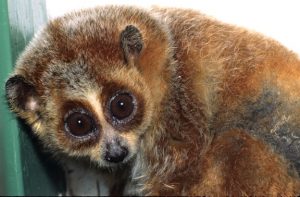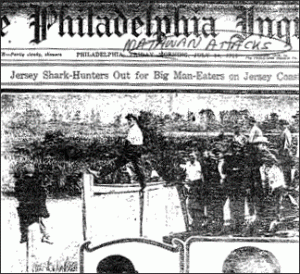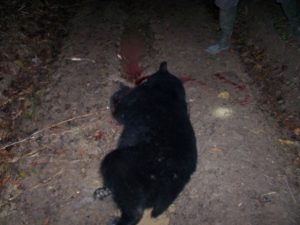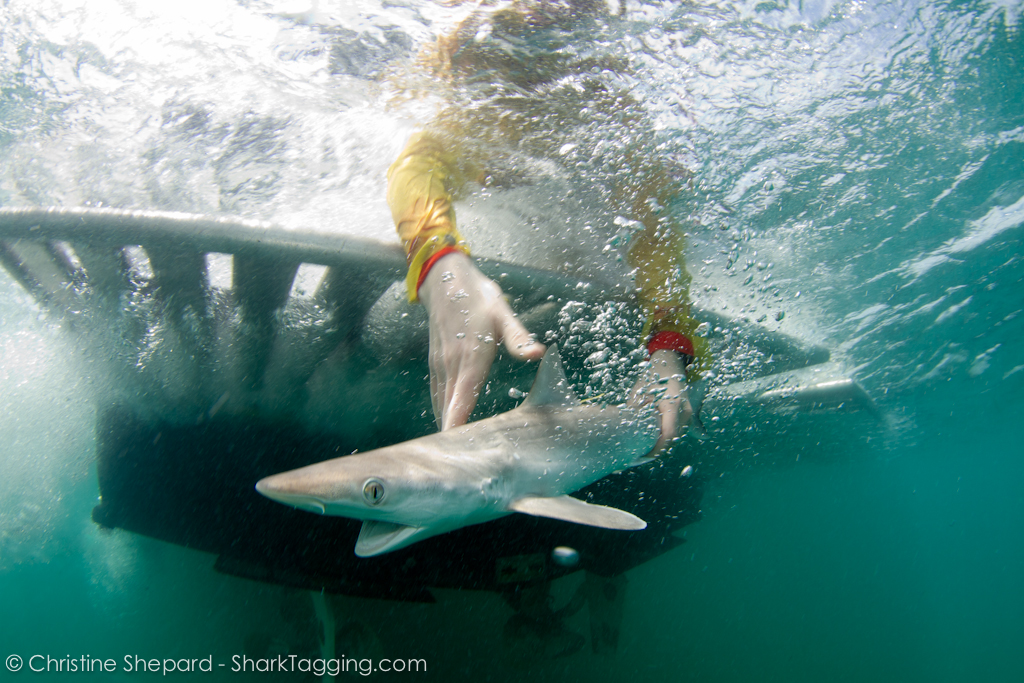Harnessing the Power of the Web as a Tool for Conservation, Not Sensation
By Kevin Reagan, SRC Intern
Meet the pygmy slow loris, one of the world’s most threatened primates and star of one of the most popular animal videos uploaded to YouTube. The video featured Sonya, a female pygmy slow loris, being tickled in a bedroom in Russia. It accumulated 9,338,000 views between April 2009 and January 2012 (when it was removed due to animal rights concerns) and received 12,411 comments over that time (Nekaris 2013). Since pygmy slow loris’ are endangered, trade in any of the eight species is prohibited by CITES, and it is illegal to keep them as pets. With the dawn of the digital age came the birth of a world that is constantly plugged in, and the video being uploaded to YouTube brought people into contact with an animal that many of them, based on the analysis of the comments left on the video, had never even heard of (Nekaris 2013). This is just one of the many direct examples of the ability of the web and the media to influence public opinion. One in ten people that commented alluded to wanting a slow loris as a pet, either ignoring or ignorant to the fact that it is illegal. The web and media as a whole have an unmatched ability to influence public opinions and perceptions. Though the effect is not always negative, many times news outlets around the world fall short when it comes to covering conservation issues and negative human-animal interactions.

Individual pygmy slow loris.
The sad reality of today’s 24-hour news cycle is that sensational headlines, while they may not reflect the true, factual nature of the story, generate more money for news organizations simply because they receive more attention. Sensational headlines can be thought of as headlines that present the world as hostile or threatening (McLeod 588). In other words, attention-grabbing. These can have a noticeable effect on public opinions, especially when it comes to animal conservation and risk perception of large predatory species such as bears, coyotes, or sharks that are occasionally part of negative interactions with humans. Unfortunately, these interactions usually result in injury to the person involved, or in some cases death. However, headlines are not the only issue; many times, articles and stories focus on the more “exciting” aspects of certain animals (e.g. attacks) rather than other issues facing those same animals, like conservation threats. Unfortunately, more articles focus on the threats that animals pose to humans rather than the threats that humans pose to animals.
Even though journalists in general are trained to give readers as much background information as they can (in order to tie together their main story with solid information and place everything in an accurate context for the general public), the time-driven aspect of news prevents this more often than not (Boyer 123). When a story breaks, journalists have a limited amount of time to write an article and get it out to people; not only are they under pressure from deadlines, but if they wait too long, the story may be reported by another news agency, or simply become old news. Because of this, articles and stories concerning things like shark attacks many times do not have input from the shark researchers or conservationists that could round out the story and place it in an entirely different context (Boyer 123-124).

Early newspaper with a sensational headline reading “Jersey Shark-Hunters Out for Big Man-Eaters on Jersey Coast.” This was written in response to a string of shark attacks off the coast of New Jersey in the early 1900’s.
A 2013 study of Australian and U.S. news media portrayal of sharks and their conservation found that even though there is a substantial amount of evidence indicating that many shark species are at risk, shark attacks were reported five times more often than conservation concerns or any shark-related topic in both Australian and U.S. media. Authors write that “Social framing of sharks as either
victims or perpetrators may lead to assumptions about policy prescriptions (e.g., help the victim, persecute the perpetrator) (Muter et al. 2009). If sharks continue to be framed primarily as perpetrators of risk, policy responses will likely remain unfavorable to shark conservation”(Muter 194-195). The message of movies such as Jaws and Deep Blue Sea or headlines that say things like “Dolphin saves swimmer’s life when great white shark appears” give sharks, especially the great white, a negative public image. The headline implies that once the shark appeared its single goal was to attack and eat the swimmer and by some stroke of luck a dolphin fought off the shark, even though that is not the case. This type of reporting, combined with sharks’ exceptional susceptibility to human related pressures, is bad news for shark conservation and protection worldwide.
Sharks are not the only animals that receive media attention. On August 19, 2002, a black bear in Sullivan County, New York, fatally injured an infant at a summer bungalow colony. The bear was subsequently hunted down and killed, and the event received coverage on local, state and national levels. Ironically, one year before this incident, the New York State Department of Environmental Conservation (NYSDEC) began formulating a new management plan for black bears in the state. Public risk perceptions associated with black bears and media coverage were considered as part of the initial discussions, and data was collected via a survey of New York residents in March 2002 (Gore 508-509). This initial survey provided an unintended but beneficial representation of resident’s attitudes before the attack that allowed researchers to compare attitudes pre- and post-attack after completing an additional follow up survey three weeks after the infant’s death. Previous studies have shown that wildlife related human fatalities are often widely covered by the media and expose many people to messages about the incidents and animals involved they may not have otherwise had contact with. This was also the case in New York State following the attack; there was increased public awareness due to media coverage (Boyer 513).

An illegally killed bear found outside of the Avoyelles Parish in Louisiana.
However, Boyer et al. found that in this instance there was not much amplification of social risk perception of black bears. Confused by this contradiction to what was predicted by the “social amplification of risk theory”, the researchers looked into potential reasons for the change in perception. They found that many of the articles that discussed the attack were not only short-term coverage, but also emphasized the rarity of such attacks, giving Boyer and his colleagues reason to believe that by media coverage emphasizing the rarity of these attacks, existing perceptions of low risk were reinforced (Boyer 513-514). In this instance, media actually had a positive effect on conservation by overall practicing honest reporting that included most, if not all, of the facts.
It is my personal belief that the media can have a massive impact on the public opinions and perceptions of risk when it comes to conservation, especially when it concerns predatory animals that have historically been involved in attacks and negative interactions with humans. Many times this impact is negative, as was the case for Sonya the slow loris, but it can also be positive, as seen in the aftermath of the black bear attack on the infant in New York. Media has the unique opportunity to bring people into contact with topics or animals they would never normally interact with, and journalists have the opportunity (and arguably a moral responsibility) to use their resources as tools for conservation and not sensation.
References
Boyer, Steve. “Sharks and the Media.” For most current information: http://extension. oregonstate. edu/catalog (1987): 119.
Gore, Meredith L., et al. “Effects on risk perception of media coverage of a black bear-related human fatality.” Wildlife Society Bulletin 33.2 (2005): 507-516.
McLeod, J., Ward, S., & Tancill, K. (1965). Alienation and uses of the mass media. The Public Opinion Quarterly, 29(4), 583-594. doi:10.1086/267361
Muter, Bret A., et al. “Australian and US news media portrayal of sharks and their conservation.” Conservation Biology 27.1 (2013): 187-196.
Nekaris, K. Anne-Isola, et al. “Tickled to death: analysing public perceptions of ‘cute’videos of threatened species (slow lorises–Nycticebus spp.) on web 2.0 Sites.” PloS one 8.7 (2013): e69215.


